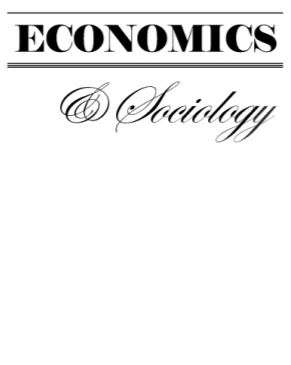MEASURING THE MACROECONOMIC IMPACT OF ECONOMIC DIPLOMACY USING VARFIMA MODEL FOR CROATIA 1990-2018
MEASURING THE MACROECONOMIC IMPACT OF ECONOMIC DIPLOMACY USING VARFIMA MODEL FOR CROATIA 1990-2018
Author(s): Marinko Škare, Dubravko RadoševićSubject(s): Supranational / Global Economy, Economic policy, International relations/trade, Political economy, Policy, planning, forecast and speculation
Published by: Fundacja Centrum Badań Socjologicznych
Keywords: economic diplomacy; macroeconomic aggregates; VARFIMA modeling; long memory; Croatia;
Summary/Abstract: Solving economic issues in international relations has historically become an inseparable part of diplomatic theory and practice. The consequence of the latest speed-up in trade globalization and liberalization is the increased competition on both domestic and foreign markets. Thus, the states which do not have a built-up concept of economic diplomacy cannot have a proactive role in their relationship with other countries, but become the object of other countries' economic diplomacies. Given the importance of economic diplomacy's action in solving economic issues in international relations, we empirically measure its impact on the most important macroeconomic indicators in the Republic of Croatia by means of applying the MLE (maximum likelihood estimation) method. As the primary macroeconomic aggregates are by their nature fractionally integrated, this assumption was the threshold for applying the empirical VARFIMA model based on fractionally integrated data. The primary dependent variables in the VARFIMA model were different macroeconomic indicators – industrial production, unemployment, inflation, export. We find a positive link between economic diplomacy and macroeconomic performance of Croatia during 1990- 2018.
Journal: Economics and Sociology
- Issue Year: 13/2020
- Issue No: 3
- Page Range: 230-243
- Page Count: 14
- Language: English

